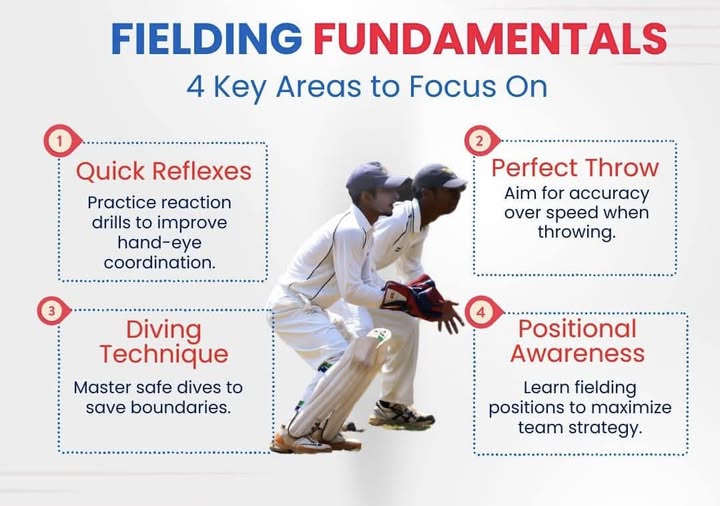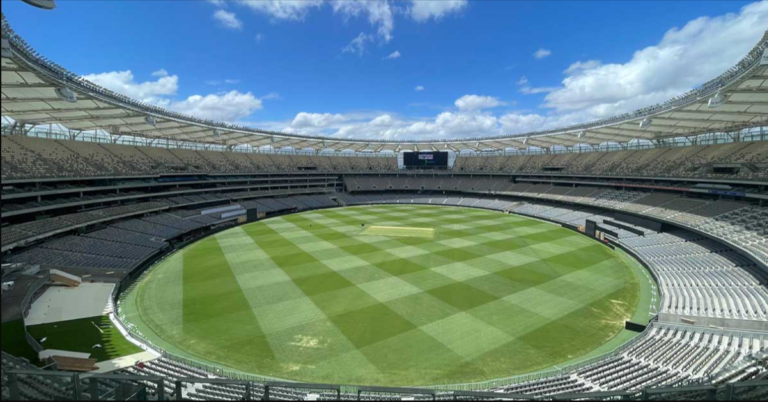
Hand-Eye Coordination for Cricket
Improving hand-eye coordination is crucial for cricket players of all ages and skill levels. This ability helps batters connect with balls, fielders react effectively to catches, and wicket-keepers execute quick stumpings accurately. Here’s an easy-to-read, expert guide – just like in the sports pages of your favorite newspaper – packed with simple tips, drills, and routines that every cricketer can use to sharpen their hand-eye coordination and boost overall performance.
Understanding Hand-Eye Coordination in Cricket
Hand-eye coordination means syncing your vision with your hand movements to react quickly and accurately – vital for every batting, bowling, and fielding action in cricket. Think of it as the invisible thread that links your eyes, brain, and body to work together in split seconds. Without good hand-eye coordination, even the most talented player will struggle to judge and respond to fast deliveries or sharp catches.
Why It Matters for Cricketers
-
Batting: Proper hand-eye coordination allows batters to track the ball, time their shots, and place the ball with precision, whether facing a spinner or a pace bowler.
-
Fielding & Wicket-Keeping: Quick reactions and good judgment help fielders take catches, stop boundaries, and wicket-keepers to execute stumpings and run outs.
-
Bowling: Even bowlers benefit – accuracy in release and subtle changes in angle or spin rely on coordinated action between eyes and hands.
Simple Home Drills to Get Started
You don’t need expensive equipment or big spaces to work on your hand-eye coordination. Here are some practical drills you can start at home or in your backyard:
1. Tennis Ball Wall Drill
Stand a few feet from a wall. Throw a tennis ball against the wall and try to catch it with one hand. Switch hands regularly. This drill helps you focus on the ball, improve reaction time, and build single-handed catching skills.
2. Bat Tapping Drill
Hold your bat and tap a tennis ball (or golf ball) repeatedly on its face as many times as you can without dropping it. Challenge yourself to reach higher numbers and alternate between hands. This boosts your control and sharpens your hand-eye connection.
3. Shadow Batting
Stand in front of a mirror and play imaginary shots while focusing on technique and timing. This not only betters your muscle memory but also allows you to observe and correct your form instantly.
Nets and Field Practice Routines
On the field, get as close to real-game situations as possible:
1. Facing Real Bowling
Take part in regular net sessions against bowlers of different types – pace, spin, left-arm, and right-arm. This helps train your eyes to pick up subtle variations in delivery, speed, and spin.
2. Close-Range Catching
Use hard tennis balls for high-catch practice and gradually move to softer balls that mimic match conditions. Practice one-handed, running, and close-in reflex catches, starting with slow throws before building speed.
3. Crazy Catch/Reaction Ball
Equip yourself with a “reaction ball” or use the classic “Crazy Catch” net (if available) – these bounce unpredictably, training you to respond quickly and improve your split-second decision-making skills.
Wicket-Keeping Specific Drills
For those behind the stumps, sharpening hand-eye coordination is especially important:
-
Reaction Time Drills: Simulate unpredictable nicks and leg-side takes – use a kit bag or deflected balls to challenge your reflexes and anticipation.
-
Footwork and Hand Placement: Work on positioning and grip, ensuring your hands are ready for quick movements while your feet help you stay balanced and agile.
Game-Based Drills and Play
There’s no substitute for real matches and sports play:
-
Matches and Small-Sided Games: Regular match practice, mini games, and competitive drills are excellent ways to refine your coordination in “live” situations.
-
Play Other Sports: Hockey, table tennis, or golf can also train your eyes and hands to work in sync, adding valuable dexterity.
Daily and Weekly Training Plans
Consistency is key. Here’s a simple weekly schedule you can follow, balancing skills and rest:
| Day | Morning (30 mins) | Evening (45 mins) |
|---|---|---|
| Monday | Coordination drills | Batting with tennis balls |
| Tuesday | Reaction ball practice | Close-range catching |
| Wednesday | Rest/Recovery | Shadow batting (small bat) |
| Thursday | Target throwing practice | Wicket-keeping drills |
| Friday | Tennis ball batting | High-catch practice |
| Saturday | Match or extended session | |
| Sunday | Light practice or rest | Video analysis review |
Progress Tracking: Measure and Celebrate
Regular practice can bring up to 20% improvement within three months. To keep yourself motivated:
-
Record Baselines: Log your completion rates for catches and throws.
-
Monthly Challenges: Increase difficulty with smaller balls or faster throws.
-
Track Accuracy: Celebrate hits on targets or completion of complex drills.
Tips from the Pros
-
Steve Smith’s Wall Batting: Australian legend Steve Smith recommends practicing batting against a wall at home to hone your batting skills and coordination.
-
Expert Coaches: IPL coaches and cricket academies suggest simple home drills, vision training, and focus on real match scenarios for rapid improvement.
Takeaway: Building Lasting Confidence
Hand-eye coordination is not just a skill but a foundation for everything you do in cricket – batting, catching, throwing, and wicket-keeping. The best way to improve is through short, focused sessions, using drills both at home and on the ground. Remember, progress will come with consistent effort and practice over time. Start today, stick with the routines, and watch your cricketing performance reach new heights




